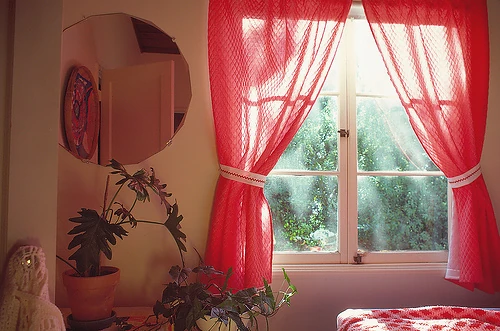
When you invest in new windows for your home, you expect them to enhance energy efficiency, improve aesthetics, and provide protection from the elements. However, one issue that can disrupt this expectation is window leaks. The frustration of discovering water seeping through your supposedly new windows is a situation no homeowner wants to face. In this article, we will delve into the causes of window leaks, preventive measures, and solutions to address this common issue. So, let’s go straight into understanding the reasons behind leaks with new windows to get go.
Understanding the Causes of Window Leaks
1. Improper Installation
One of the primary causes of window leaks in new installations is improper installation. When windows are not installed correctly, it can lead to gaps, cracks, or misalignments that allow water infiltration during rain or snowfall. Proper installation involves precise measurements, ensuring a snug fit, and using the right sealing techniques. To avoid this issue, it’s crucial to hire experienced professionals who can install your windows with precision and expertise.
2. Sealant and Weather Stripping Issues
The sealant and weather stripping around windows play a critical role in preventing leaks. Over time, sealants can deteriorate, weather stripping can develop gaps, or incorrect materials may have been used during installation. Such issues can compromise the integrity of your windows, allowing water to seep through. Regular maintenance and inspections are essential to identify and address problems related to sealants and weather stripping promptly.
3. Condensation and Moisture Buildup
Condensation and moisture buildup inside your home can also contribute to window leaks. High humidity levels, poor ventilation, and inadequate insulation can lead to excessive moisture. When this moisture comes into contact with windows, it can create conditions for leaks to occur. To minimize moisture-related leaks, homeowners should control indoor humidity, improve ventilation, and take proactive measures to prevent excessive condensation.
Prevention Measures for Window Leaks
1. Professional Installation
The first step in preventing window leaks is ensuring professional installation. Experienced installers have the knowledge and skills to install windows precisely, minimizing the risk of gaps or misalignments. Their expertise can make a significant difference in the long-term performance of your windows, saving you from potential leaks down the road.
2. Quality Materials and Sealants
Investing in high-quality materials, sealants, and weather stripping during window installation is crucial. Quality products are more durable and resistant to deterioration, ensuring that your windows remain watertight for years to come. When selecting materials and sealants, consider your region’s climate and choose products that are suitable for your specific needs.
3. Regular Maintenance and Inspection
Preventing window leaks requires ongoing maintenance and inspection. Homeowners should establish a routine for checking their windows and addressing any issues promptly. Regular inspections can help identify problems with sealants, weather stripping, or condensation before they lead to leaks. By taking a proactive approach to window maintenance, you can extend the lifespan of your windows and minimize the risk of leaks.
Solutions for Existing Window Leaks
1. Repairs and Re-sealing
In cases where leaks are minor, repairs and re-sealing may be sufficient to address the issue. Professional contractors can identify the source of the leak, repair damaged areas, and re-seal the window to prevent further water infiltration. Prompt action is essential to prevent leaks from causing more extensive damage to your home.
2. Window Replacement
In situations where window leaks are severe or extensive, window replacement may be the best solution. Modern, energy-efficient windows offer improved performance and protection against leaks. When replacing windows, it’s crucial to hire professionals for both the removal of old windows and the installation of new ones to ensure a watertight fit.
3. Mold and Damage Remediation
Window leaks can lead to mold growth and structural damage over time. Addressing these issues is vital for the health and safety of your household. Mold remediation and structural repairs may be necessary to remove mold, replace damaged materials, and restore the integrity of your home.
In conclusion, window leaks can be a frustrating and potentially damaging issue for homeowners. However, understanding the causes, implementing prevention measures, and knowing the appropriate solutions can help you maintain a watertight home. Whether you’re dealing with new window installations or addressing existing leaks, taking proactive steps and seeking professional assistance when needed can go a long way in preserving the integrity of your windows and your home.


